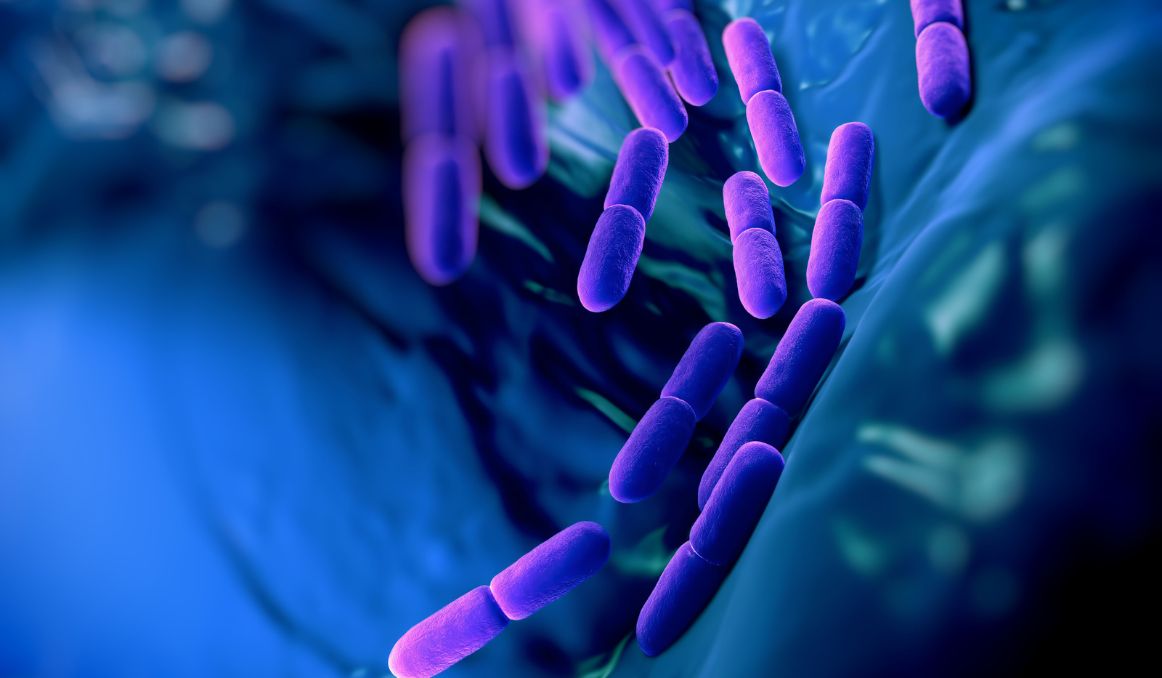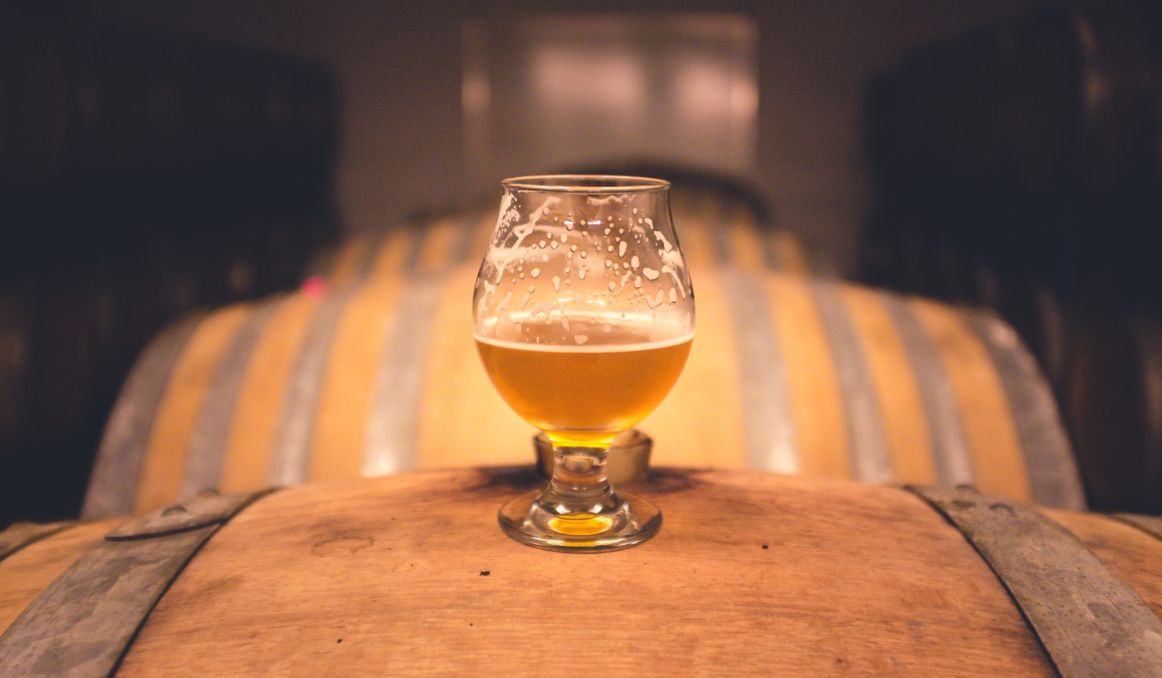How Are Bacteria Used in Beer Production?
How are bacteria used in beer production? And why on earth would we want bacteria in our beer?
The world has gone through a sort of craze over germs in the last several centuries, and for good reason. The Black Plague in 1346 wiped out almost 50 percent of the European population, and it is largely attributed to germs – bacteria.
Most people who died did so because they were already in poor health – undernourished, lacking sunlight exposure, and lacking in proper hygiene. Europe was overpopulated, with people living in close quarters and without running water or waste management.
It was a lesson in how to manage cities and public health more than anything.
But the biggest lesson we took, and have taken ever since, is that we must rid ourselves of all bacteria.
The Scientific Revolution followed shortly after the end of the Black Plague, and since then, we have made remarkable discoveries in the area of bacteria, and most of those discoveries have led us to fear it.
But wait, what are bacteria? And why would we use it in beer if it is so scary?

What Are Bacteria?
The truth is that of the ten million, and counting, species of bacteria, only fewer than 100 are actually harmful to humans.
Yes, the Yesenia pestis was one of them, the bacteria on the fleas of the rats that spread the Black Plague.
But we have learned in the 700 years since then that we have much more reason to be grateful to bacteria than we do to fear them.
Bacteria are actually the building blocks of all of life as we know it.
Bacteria, a single celled living organism with no hard, fast nucleus, unlike the eukaryotic cells that form plant and animal life, were among the first signs of life on the planet.
Deep in the ocean, bacteria were responsible for the oxygenation of the planet, evolving an early form of photosynthesis, making energy from the sun and producing oxygen as a waste product.
From there, it coupled with a very early eukaryote to form the first plant life in the ocean, it evolved to form fungus, the first known life-form on land, and it has helped evolve animal and human life as we know it.
Most bacteria are entirely harmless to humans, and many bacteria are actually beneficial to us, acting as guards or soldiers, warding off bad bacteria and viruses.
Nothing to Be Afraid of
Indeed, good gut bacteria effectively fight off viruses like the norovirus and the rotavirus, as well as those viruses that infect the lungs, like the flu virus.
A healthy microbiome (the makeup of bacteria in your gut) will mount a strong immune response to pretty much anything that attacks your body.
Not only is there nothing to be afraid of, but we should be excited about forming a symbiotic relationship with good bacteria.
What does all of this have to do with beer?
Bacteria in Beer? A History
The history of bacteria in beer is a surprising one.

Beer, shockingly, has saved many, many lives, and not just because of the hydration and nutrient qualities, but also because of the bacteria.
You see, in the early days, running water sources like streams and rivers could not be trusted.
Even wells might be contaminated if the groundwater was toxic.
You just never knew what might be upstream.
Communities quickly discovered that beer was a lifesaver. The act of boiling the water with the grain in it rendered most toxins harmless. The grains formed a nutrient dense beverage. And the alcohol produced would kill off any remaining harmful toxins.
Beer was a miracle beverage that ensured children lived into adulthood and that the whole family had a hydrating drink with each meal.
But what about bacteria?
Well, during fermentation, yeast would naturally be attracted to the sugars in the wort, but so would bacteria.
Bacteria also see sugar as an energy source.
So as the yeast were fermenting and producing alcohol, the bacteria attracted would be fermenting and producing lactic acid, probiotics, and yes, antibiotics.
It’s true.
Studies from 3,000-year-old Egyptian bones showed evidence of high concentrations of tetracycline, a broad-spectrum antibiotic.
This antibiotic came as a direct result of an ancient beer recipe.
That’s right.
Tetracycline is formed by the mold-like bacteria found in soil and decaying vegetation, which likely got into the grain and then into the ancient beer.
While most beer would not naturally have tetracycline, or any antibiotic in it, most beer would have had probiotics.
And many beers today still do.
How Is Bacteria Used in Beer Production Today?
Today, brewers that invite or introduce bacteria into beer do so for this exact reason – probiotics.
Oh, and the all too familiar sour taste left behind as a result of the lactic acid produced during bacterial fermentation.
While all beer needs yeast to produce alcohol, brewers have spent at least the last hundred years trying to keep bacteria out, out of fear of germs.
Commercial brewers have fought long and hard to produce a clean, germ-free product.
But much like the overuse of antibiotics, household cleaners, and antiseptic soaps, we have begun to pay attention to our need for good bacteria, and sour beers are on the rise once more.
Beer with bacteria, most commonly Lactobacillus and Pediococcus, is thought by many to be healthier for the human gut than beer without bacteria.
It introduces good bacteria to the microbiome, which will help ward off bad bacteria and other viruses.
Typically, bacteria will be added into the wort at the same time as the yeast as a starter culture, and the two life forms will ferment in their own way simultaneously, closely mimicking what has been happening in the production of beer for thousands of years.
Cheers!
Passionate about the beer and/or wine making process? So are we! If you’re interested in finding out how you can use our technology to control fermentation and monitor your yeast, save work hours and improve the cost-efficiency of your business, drop us a line at [email protected] or check out our product pages:
- Oculyze BB 2.0 (Better Brewing) Yeast Cell Counter App + Hardware
- Oculyze FW (Fermentation Wine) Yeast Cell Counter App + Hardware
Also, you can now get access to a fully functional demo account to test our Web App. Completely free of charge and with no commitment to purchase.
Sources:
- https://www.oum.ox.ac.uk/bacterialworld/
- https://www.umassmed.edu/news/news-archives/2021/01/a-healthy-microbiome-builds-a-strong-immune-system-that-could-help-defeat-covid-19/
- https://beersyndicate.com/blog/how-beer-saved-the-world-the-mystery-of-antibiotic-beer-revisited/
Stay on top on important fermentation insights – subscribe to our monthly newsletter and receive a hand-picked selection of our most relevant articles straight to your inbox.
Never miss a beat and get real time updates with a new article each workday by subscribing our social media channels.
Instagram | Facebook | Twitter | YouTube


